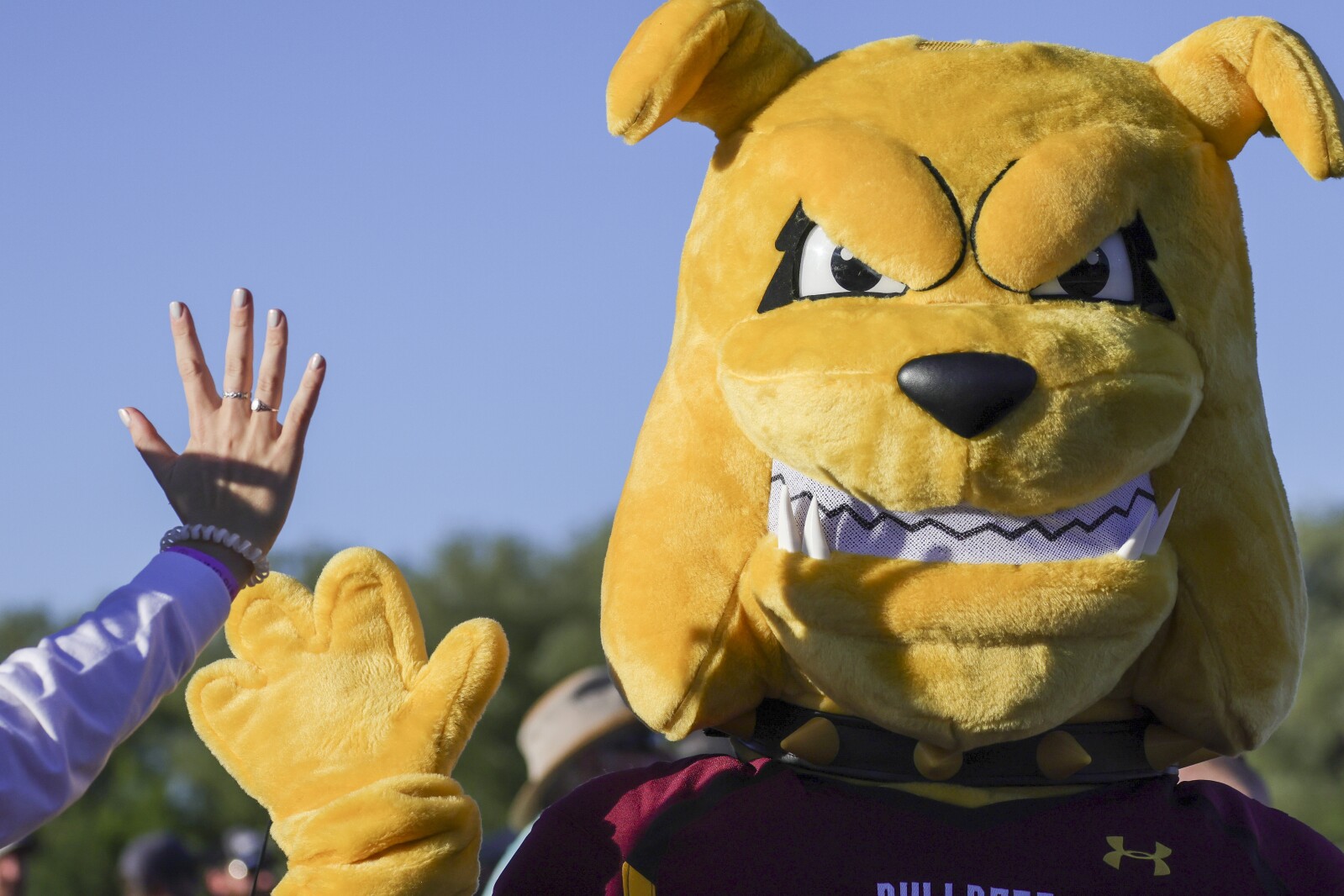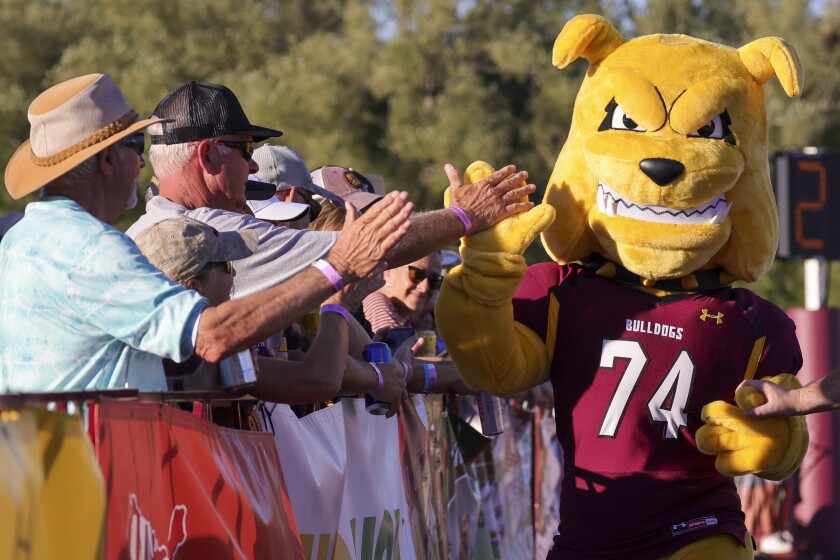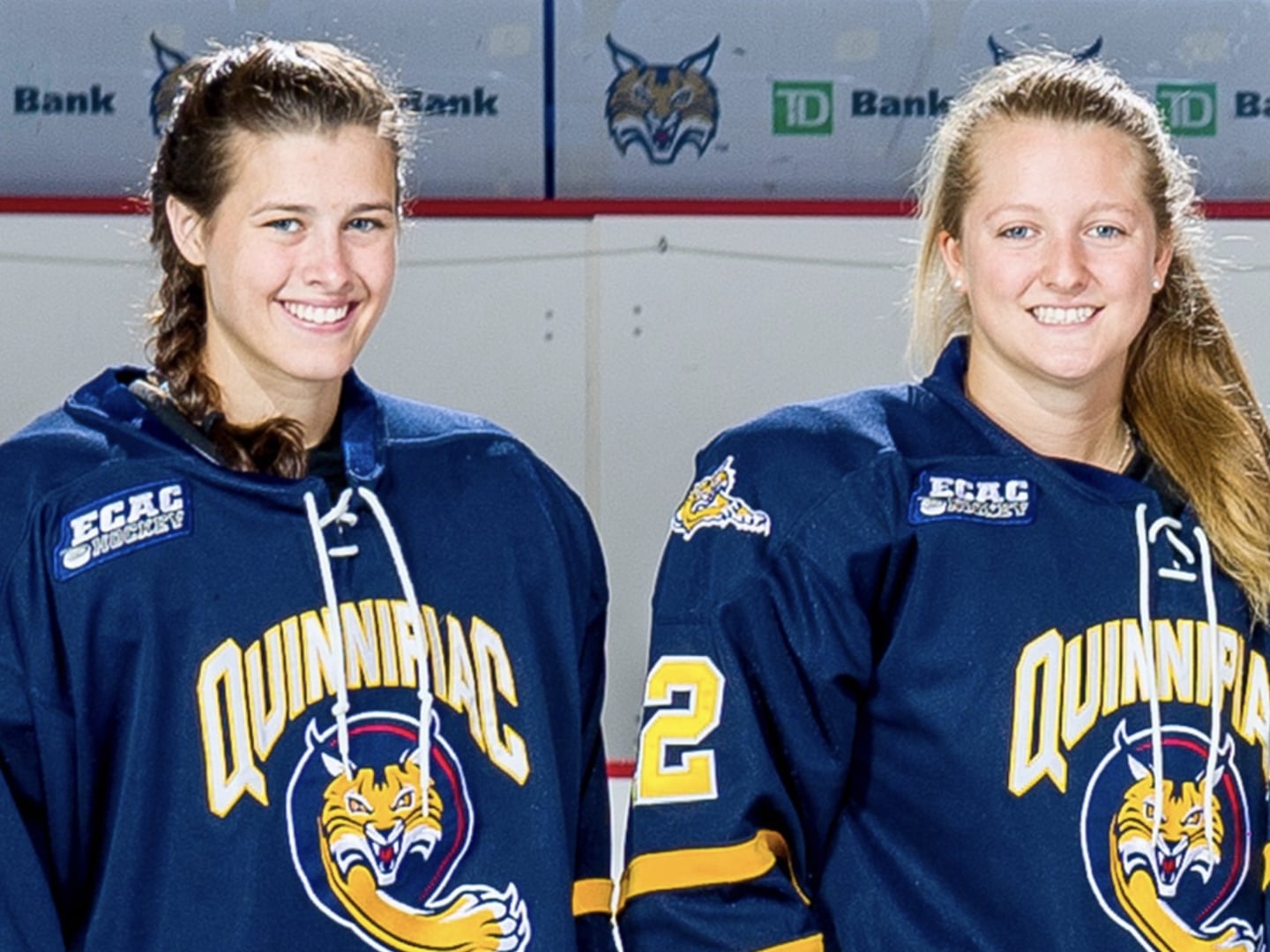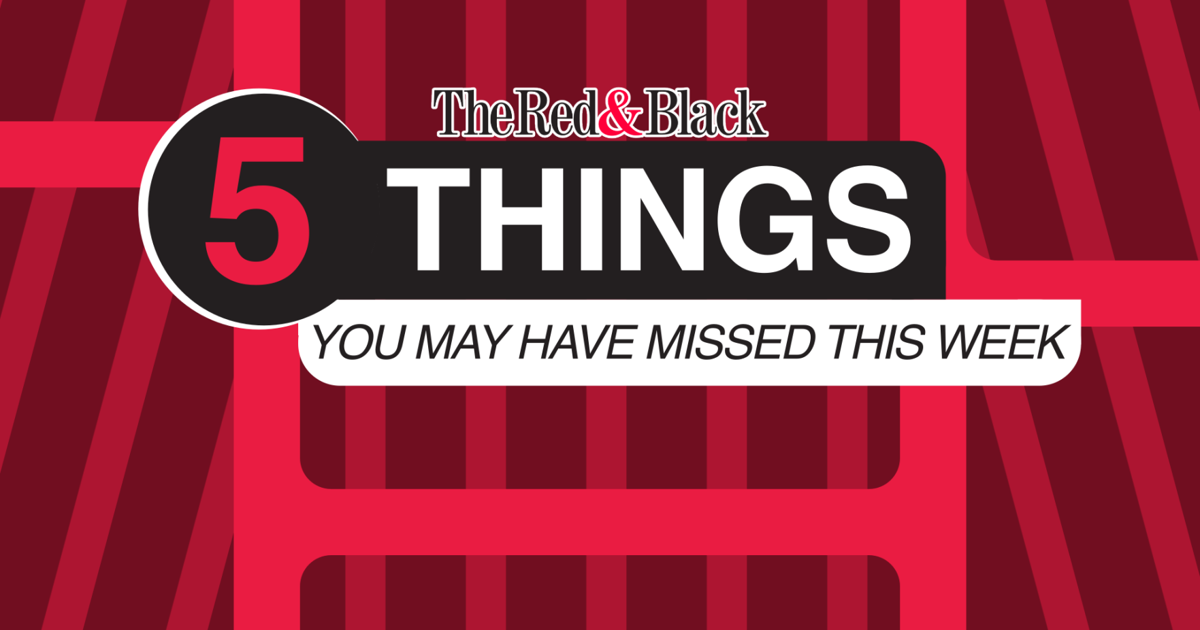
Colleges Are Now Allowed to Pay NCAA Athletes Directly After Judge Approves Settlement
The NCAA’s amateurism model has officially been reshaped.
On Friday, U.S. District Judge Claudia Wilken gave final approval to a $2.8 billion settlement in the House v. NCAA case, marking a monumental turning point in college sports history.
Starting July 1, NCAA Division I schools will be permitted to compensate athletes directly, forever altering the dynamic between collegiate athletics and the business of sports.
For the first time, athletes will receive direct payments from their schools.
RELATED | Top 20 College Athletes With The Highest NIL Valuations
RELATED | Top 20 Female College Athletes With The Highest NIL Valuations
These funds are guided by a salary cap, initially set at $20.5 million per school, which will increase over the next decade.
This cap represents 22% of total revenue from sources such as ticket sales, broadcasting, and sponsorships.
Most of these funds will likely go to sports that generate the most revenue, including football and basketball, though schools will have flexibility in how they allocate this money.
Beyond paying current athletes, the settlement includes a substantial $2.8 billion damages pool to compensate former athletes who played from 2016 to 2024 and were ineligible for name, image, and likeness (NIL) earnings during their careers.
The settlement not only allows schools to pay athletes but also introduces new structures to monitor and enforce these payments.
The College Sports Commission, a new enforcement body, will oversee compliance, ensure salary caps are respected, and review NIL contracts for fairness.
Deloitte will manage an NIL clearinghouse to vet endorsement deals and curb inappropriate financial arrangements, such as booster-backed contracts designed to bypass team salary caps.
This decision has brought college sports into what some are calling a “professionalized framework.”
For decades, athletes were restricted to scholarships and modest benefits while schools raked in billions from game-related revenues.
Now, student-athletes will receive a share of these profits, aligning their compensation more directly with the value they generate for their institutions.
NCAA President Charlie Baker praised the decision, calling it:
“a huge step forward for college sports.”
However, this isn’t the end of the transformation.
The move sets the stage for further discussions around creating a more sustainable regulatory structure, potentially involving federal legislation to address outstanding legal challenges.
While historic, the agreement isn’t without obstacles.
The introduction of salary caps and formal compensation frameworks may invite future lawsuits, especially around Title IX compliance and the fairness of enforcement practices.
Additionally, some worry the changes will widen the divide between wealthy programs and smaller schools that may struggle to meet financial expectations.
The settlement also raises questions about the future role of NIL collectives, as schools begin to manage payments in-house.
Critics argue that overly stringent regulation of NIL deals could spark further litigation.
The NCAA settlement is a groundbreaking achievement, promising to improve athletes’ lives while modernizing an outdated system.
However, as college sports leadership navigates this uncharted territory, the coming years will undoubtedly present additional tests and opportunities for reform.
For now, though, athletes and advocates alike can celebrate the long-awaited recognition of their contributions to the multi-billion-dollar industry of college sports.
















































 STEPHEN A. CALLS OUT LEBRON for Giannis and NBA eras comments
STEPHEN A. CALLS OUT LEBRON for Giannis and NBA eras comments  | First Take
| First Take


























